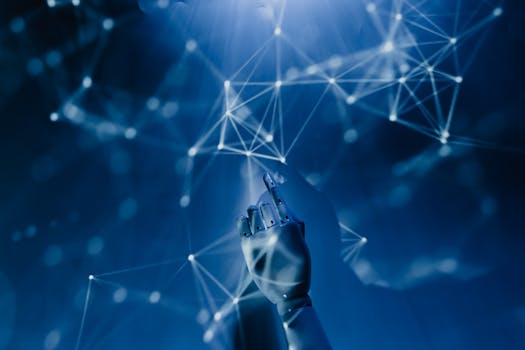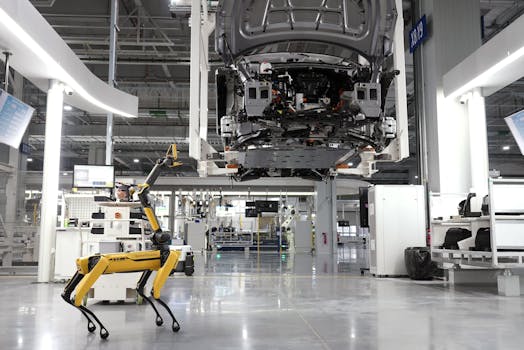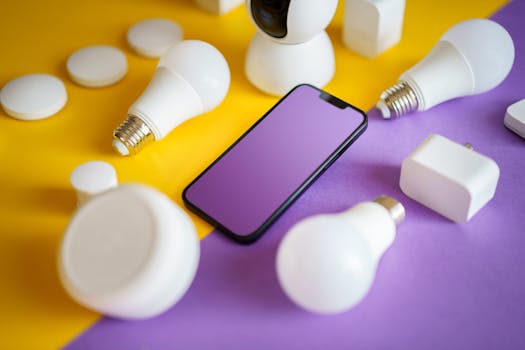
Technological Innovations Shaping 2025: Revolutionizing the Future
Technological innovations are constantly evolving and shaping the world around us. As we enter 2025, it’s exciting to think about the advancements that will revolutionize the future. From artificial intelligence to cybersecurity, these innovations are transforming industries and improving our daily lives. In this article, we’ll explore the top technological innovations shaping 2025 and beyond.
Section 1: Artificial Intelligence and Machine Learning

Artificial intelligence (AI) and machine learning (ML) are two of the most significant technological innovations of our time. AI refers to the development of computer systems that can perform tasks that typically require human intelligence, such as learning, problem-solving, and decision-making. ML is a subset of AI that involves training algorithms to learn from data and improve their performance over time.
AI and ML are being used in a wide range of applications, from virtual assistants like Siri and Alexa to self-driving cars and personalized product recommendations. In 2025, we can expect to see even more innovative applications of AI and ML, such as:
- Autonomous robots that can perform tasks like cooking and cleaning
- Personalized healthcare and medicine tailored to individual needs
- Smart homes and cities that use AI to optimize energy efficiency and traffic flow
Section 2: Cybersecurity and Data Protection

Cybersecurity and data protection are becoming increasingly important as we rely more on technology and the internet. With the rise of IoT devices, cloud computing, and big data, the risk of cyber attacks and data breaches is higher than ever.
In 2025, we can expect to see significant advancements in cybersecurity and data protection, such as:
- Advanced threat detection and response systems that use AI and ML to identify and mitigate threats
- Quantum-resistant cryptography that can withstand the power of quantum computers
- Secure multi-party computation that enables secure data sharing and collaboration
Section 3: Internet of Things (IoT) and 5G Networks

The Internet of Things (IoT) refers to the network of physical devices, vehicles, and other items that are embedded with sensors, software, and connectivity, allowing them to collect and exchange data. 5G networks are the next generation of wireless technology that will enable faster, more reliable, and more widespread connectivity.
In 2025, we can expect to see significant advancements in IoT and 5G networks, such as:
- Widespread adoption of IoT devices in industries like manufacturing, healthcare, and transportation
- 5G networks that enable faster data transfer rates, lower latency, and greater connectivity
- Smart cities and communities that use IoT and 5G to optimize energy efficiency, traffic flow, and public services
Section 4: Virtual and Augmented Reality

Virtual reality (VR) and augmented reality (AR) are changing the way we experience and interact with the world around us. VR refers to the use of computer technology to create a simulated environment, while AR refers to the use of computer technology to enhance the real world.
In 2025, we can expect to see significant advancements in VR and AR, such as:
- Immersive VR experiences that simulate real-world environments and scenarios
- AR glasses and contact lenses that enhance our daily lives with virtual information and objects
- VR and AR applications in industries like education, healthcare, and entertainment
Section 5: Conclusion

In conclusion, the technological innovations shaping 2025 are revolutionizing the future and transforming industries. From AI and ML to cybersecurity, IoT, and VR/AR, these advancements are improving our daily lives and enabling new possibilities. As we look to the future, it’s exciting to think about the innovations that will shape 2025 and beyond.

